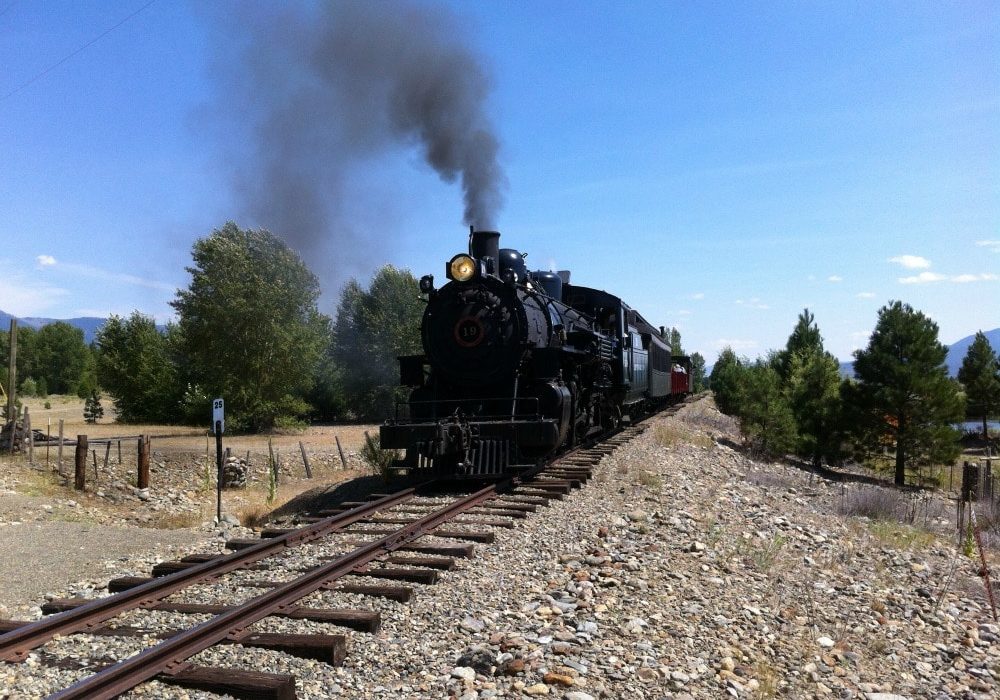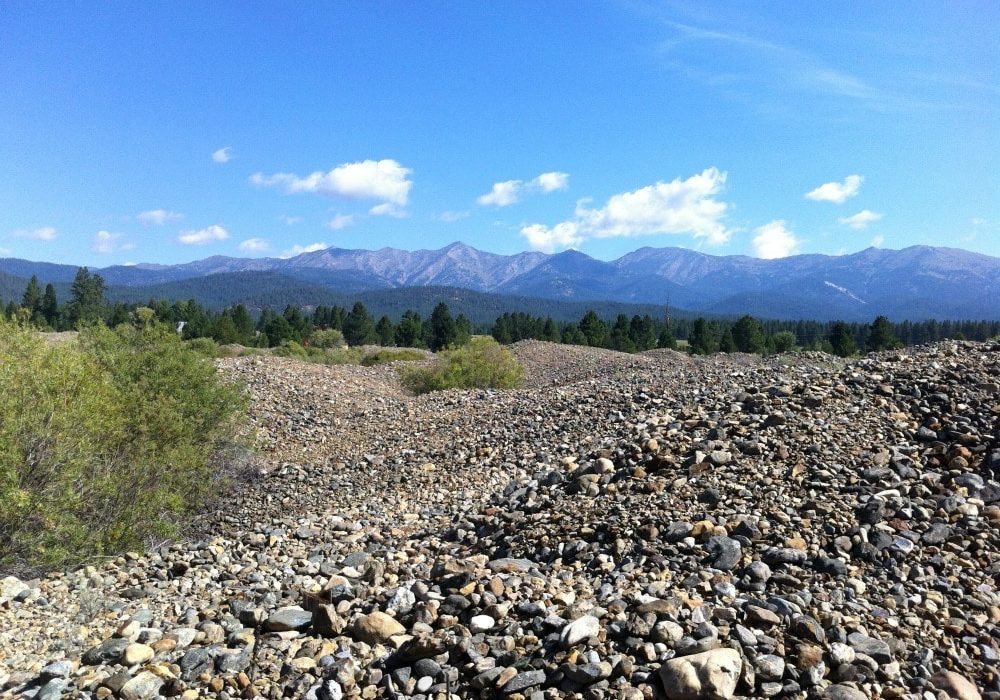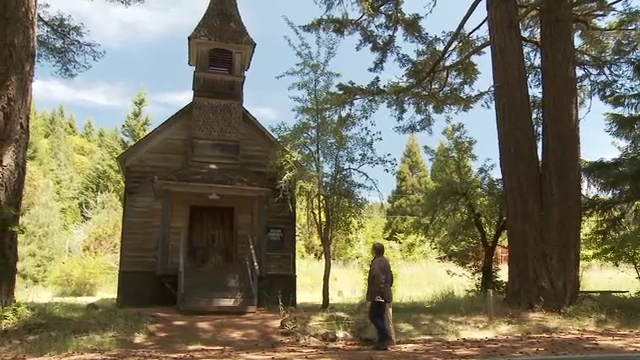Backroads are the best when they lead you down trails to Oregon’s secret hideaways that provide rich history lessons that continue to teach today. Tracking down Oregon history blends well with travel across the state.
It’s the travel that lets you roam into towns, villages or communities that barely exist; some that history buff Steve Arndt calls “ghost towns” that are rich with history about the shaping of the state.
When the Sumpter “Stump Dodger” steam train engine blows its whistle, one thing is certain – you’d best be on time or you’ll miss the ride!
“Last call! Train Number One to Sumpter departing in five minutes!” said Sumpter Railroad conductor Daniel Bentz. The young man strolled across the wooden planks of the McEwen Depot and played his part well in a period costume and a full on character performance.
“So hurry and buy a ticket – then step aboard the “Stump Dodger” because even a century later, this railroad is always on time,” he continued.
Up to four times a day, Baker County’s Sumpter Valley Railroad makes the twelve mile round trip run from McEwen Depot to Sumpter. It’s a railroad that reaches back to the early days of settlement in Northeastern Oregon, according to the railroad’s operations manager, Taylor Rush.“The railway meandered in and out of every canyon throughout the Sumpter Valley as it followed the timber line in the 1880s. In those days they said the railroad engine would dodge the stumps as it crawled up into the mountains and that name just stuck.”
For the price of a ticket you can ride across a unique chapter of Oregon’s past: a gold mining past marked by a giant dredge that chewed up the North Powder River Valley and pulled nine tons of gold out of the ground. Square-bowed and built of steel and wood and iron, three giant dredges lifted and sifted the terrain, reaping a golden harvest worth $12 million during the peak of the depression era.
Today, it is a park that holds on to history and takes visitors aboard to see and touch the past at the Sumpter Valley Dredge State Heritage Area. “Each bucket on this dredge would pick up about 9 cubic feet of material. It would wash the gold off the rocks and would drop thru into some sluice boxes and then out the back,” said park ranger Garret Nelson.
Inside the heart of the dredge – big as a barn and filled with gears and belts, winches and pumps – the rock passed through steel cylinders, separating rocks by size before water and sluices separated the gold from the dirt. Nine tons of gold in twenty years!
But Arndt insists that even more valuable riches waiting for you to find anytime across Oregon. “Well, first of all,” explained the retired college teacher, “Oregon has more ghost towns than any other state: 256 of them. Some are well known like Sumpter, but many more towns are more obscure.”
By his own admission, Arndt has been a ghost town buff since he was a youth and often tagged along with his dad, who would scour the countryside for old town sites. The bug really bit him at an early age. “For me, a true ghost town,” said Arndt, “has buildings but no people, and one of the buildings needs to be a church, a school, a store or the post office.”
Arndt has made finding and learning about Oregon’s past easier than ever in his book, “Oregon Ghost Towns: A to Z.” The book includes real time-tested treasures, too – like Golden, a true ghost town that’s but a stone’s throw from the popular Wolf Creek Inn. Wolf Creek Inn is an Oregon State Park that is located near Grants Pass, just off of I-5.
“Golden, Oregon was never really a town – more like a mining camp,” noted Arndt. Golden was a booming place in the 1850s, when millions of dollars in gold was dug or power-washed out of nearby Coyote Creek. At one time there were as many as 25 buildings including several homes, a general store, a blacksmith shop, a school and a church.
Remarkably, four buildings remain standing at the Golden State Heritage Site today. “The Golden Church is especially worth your time to visit,” added Arndt.
You don’t have to travel far to find an Oregon ghost town, for many sites are easy to reach on short drives from Portland into the Willamette Valley; like McCoy, Oregon.
Arndt led us into a concrete building that seemed more a bunker than a former working rail line building. “This is one of the old booster stations from the electric railway days and these booster stations were located about every five miles up and down the rail line.”
Oregon‘s Electric Railway was ahead if its time in the early 20th century. The electric railway connected Portland with Eugene and many smaller towns throughout the greater valley. Towns like McCoy flourished for a time because they were so well connected with the outside world and it was easy to ship goods and products.
The Oregon Electric Railway era ended in the late 1940s. “The diesel trains were quick, carried more freight, and all these little stations along the line became ghost towns,” explained Arndt.
He’s right! There are scores of old Oregon town sites to find, explore and admire. Some, like Hopewell, Oregon, are marked with a storefront or two that have somehow managed to endure the decades.
Ghost town adventures provide plenty of places and information to ponder and wonder. Plus, as you explore more of Oregon, you have the chance to know the place you call home. “It’s funny,” said Arndt. “Not only do I look at the buildings and the structures that have lasted, but I often think about the tears, the laughter and the people who had lives in these buildings. As people have souls, I think community does too.”
H eis adamant that holding on to Oregon’s past is important – not only do we get to know this place we call home, but without understanding where we have come from – we risk losing ourselves in the future.
It’s important to remember that these places are important links with Oregon heritage, so it’s best to take nothing but pictures and memories and leave nothing behind but footprints when you visit.



